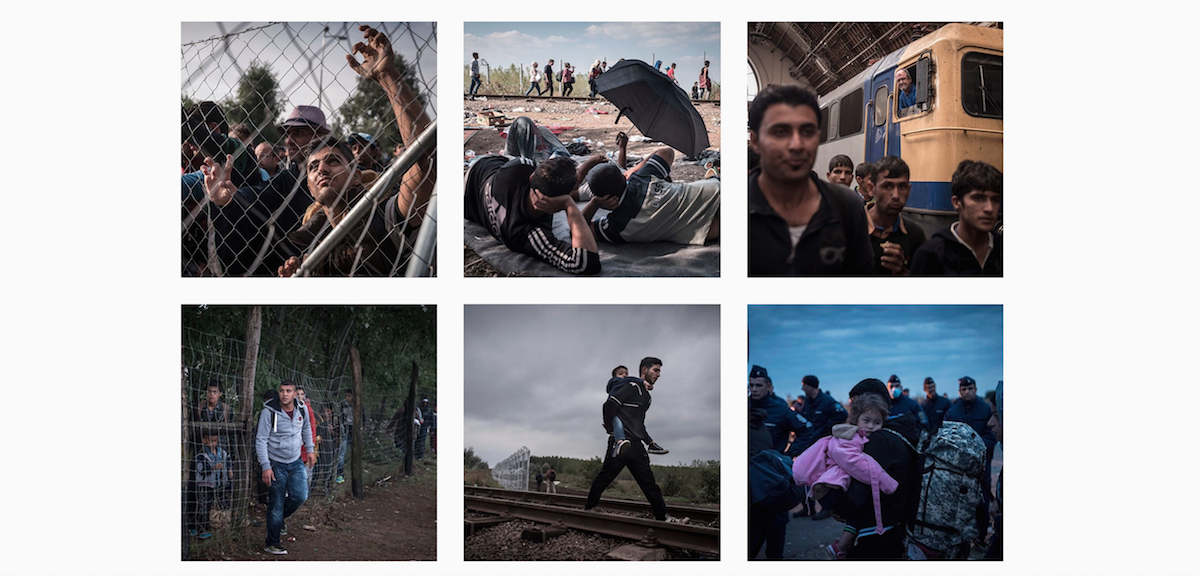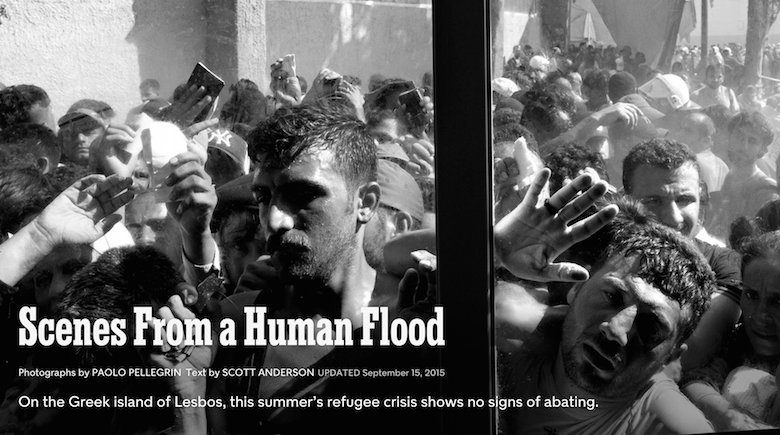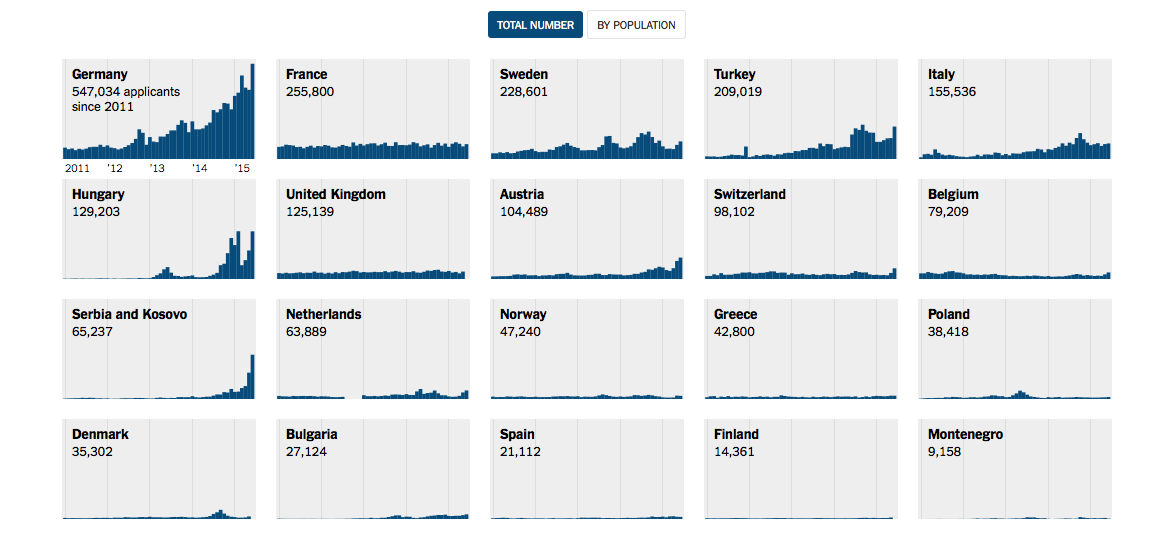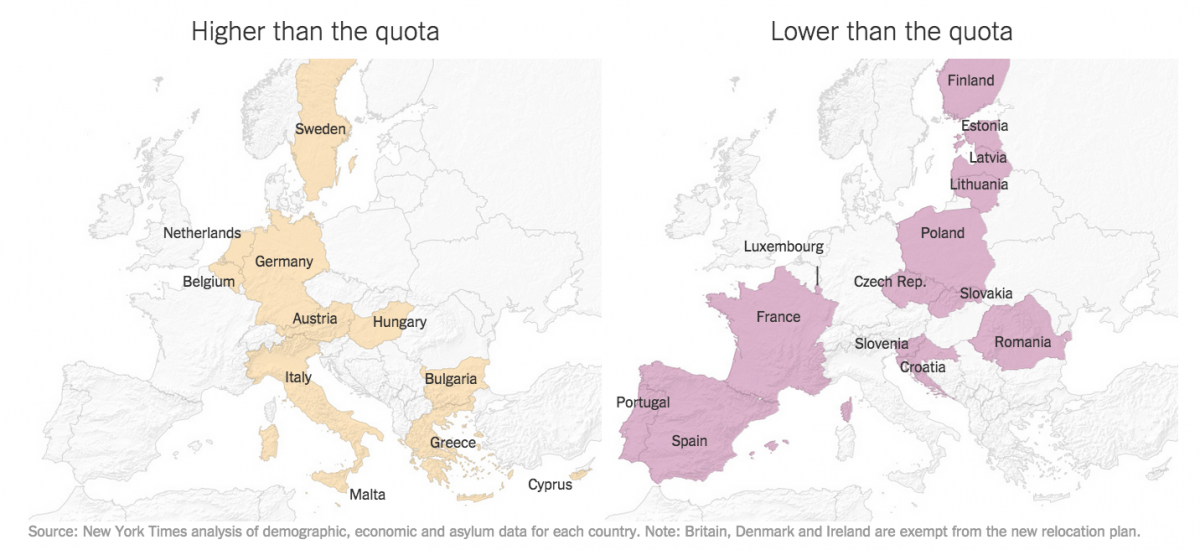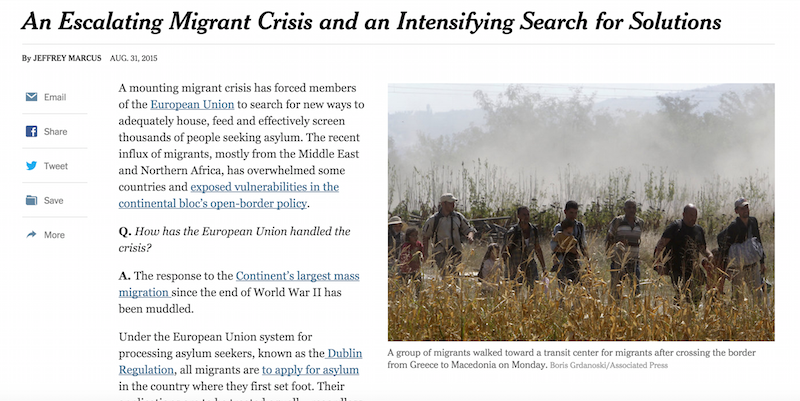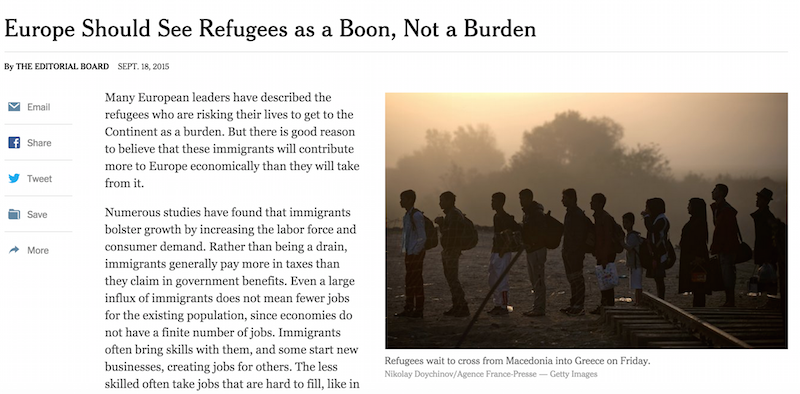Surveying The New York Times’s refugee crisis coverage
This year millions of people around the world have been uprooted from their countries and are now part of what the United Nations calls “the worst migration crisis since World War II.”
The New York Times has responded with meticulous coverage of the situation, especially in Europe, where the number of those seeking asylum has exploded. Through the pieces readers are invited to travel alongside with families desperately on the move, to feel the suspense of being in a small raft at sea, to witness outrageous transactions refugees and migrants often have to broker with smugglers, to read charts and maps that break down the possible and risky paths these people must choose between.
The breadth of the Times coverage is impressive. Stories are being published in multiple formats, providing readers different ways to comprehend the scale and personal toll of the situation. Even though the crisis happening an ocean away has not yet directly affected the U.S., I believe this type of comprehensive coverage in multimedia form can help foster empathy among the readers in the U.S. and across the globe.
In this post I will summarize the Times coverage over the past 30 days, answering two basic questions. What kinds of stories are being published? And what is the editorial position of the company?
What kind of stories are being published by The New York Times?
Above is a multimedia article portraying the risks and difficulties these people face when they cross the sea. It’s one of my favorites pieces because of its simplicity and synthesis of video, photography and text.
There are also interactive graphics which explain the number of asylum applicants and how they are distributed.
Maps and statistics explain an “ideal model” to distribute refugees in Europe.
Above is a Question and Answer basic explainer of the crisis. It’s very useful for those not deeply versed in the story and are seeking background and context. Also, in a recent Q&A update, readers are able to submit questions to the reporters, an interesting way of engagement.
For almost two weeks, Anemona Hartocollis traveled along with a group of refugees. She published daily notes in a moving project called Reporter’s Notebook. Storybench recently took a deep look at the project in an interview with one of its editors.
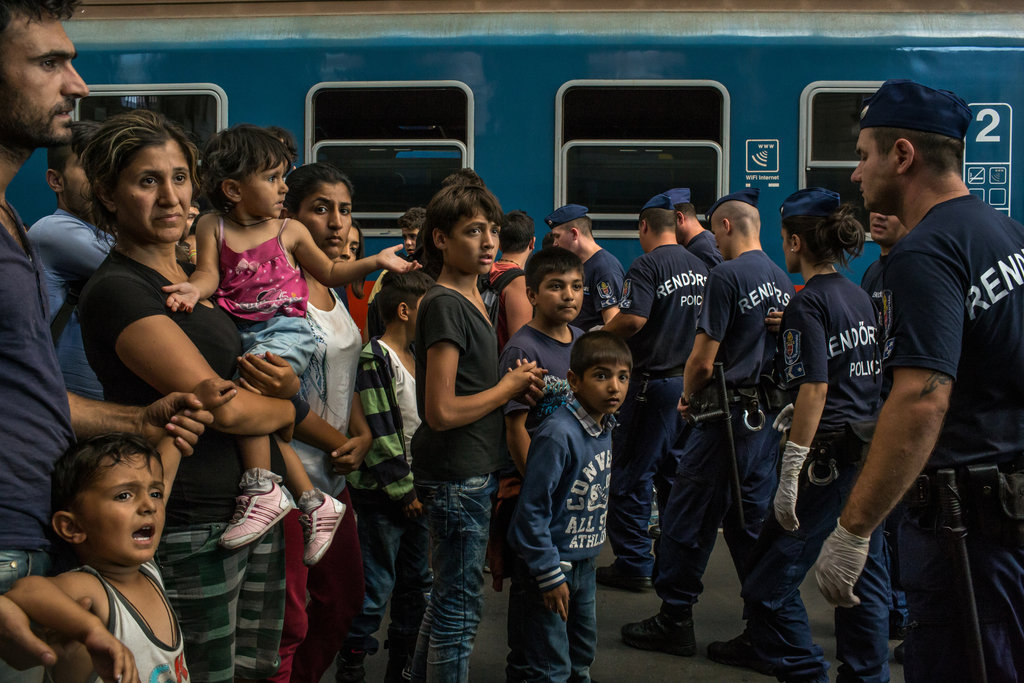
Photojournalism has been fundamental to show the human face of the crisis. Almost every article has a strong visual support, but here is a special slideshow.
The written pieces have been strong. I especially like this editorial, suggesting a different perspective on how migrants represent an opportunity for the European economy and this short essay explaining who qualifies for asylum.
What is the editorial position of the Times?
The New York Times almost always uses the term “migrants” in its stories, only seldom calling them “refugees”.
In this article, The New York Times explains–quoting the United Nations–that most of the people migrating to Europe can be clearly classified as refugees. It’s interesting to see other media outlet positions, for example that of Al Jazeera which recently explained why they avoid the name ‘migrant’ in this crisis. There can be political overtones to the decision to use one word or as On The Media, the WNYC radio show, recently discussed.
It would be interesting if one could measure the impact reading and viewing these print and digital stories has on readers. As they learn more deeply about this moving human tide which will deeply impact Europe and the world for decades to come, how will the information affect their response to it?
Note: The links published above are only a short and personal selection of articles found on the migrant crisis. Please look for yourself and comment below.
- Surveying The New York Times’s refugee crisis coverage - September 25, 2015
